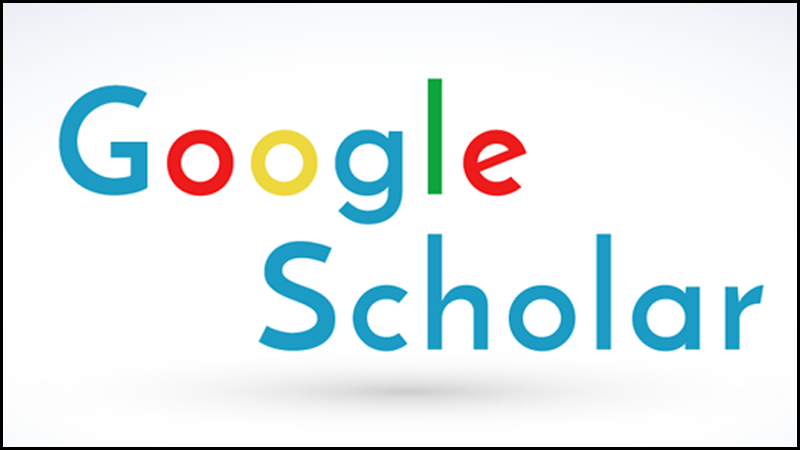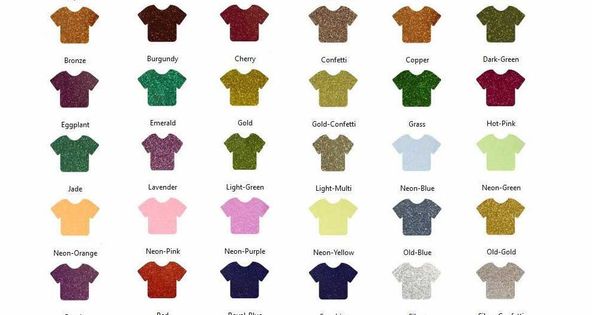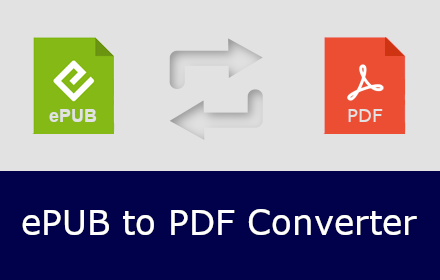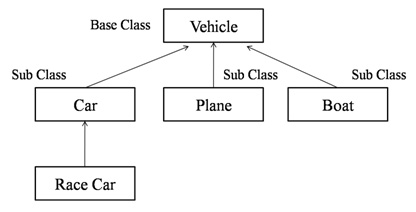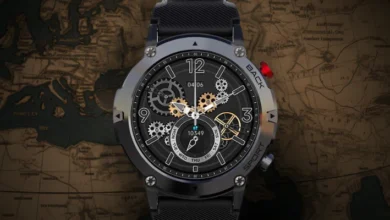How to Build a Winning B2B SaaS Sales Funnel: Step by Step
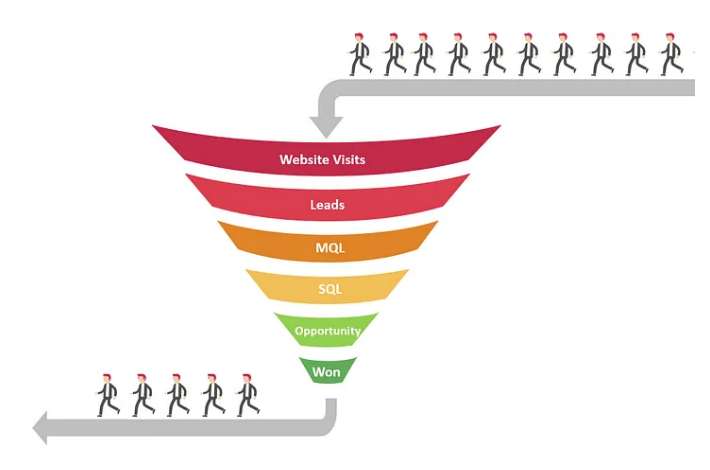
The B2B SaaS sales funnel may vary depending on the nature of your SaaS product, target audience, and industry.
A sales funnel for B2B is a framework that outlines the stages a potential business customer goes through when considering and purchasing a product or service. It helps guide sales and marketing efforts to convert leads into paying customers, from awareness to conversion and retention.
SaaS Sales Funnel
A B2B sales funnel refers to the step-by-step process that businesses use to acquire and convert leads into paying customers. It typically consists of stages such as lead generation, lead qualification, nurturing, proposal or negotiation, and ultimately closing the deal. The goal is to guide potential customers through each stage of the funnel, addressing their needs and concerns, and ultimately driving them towards making a purchase decision.
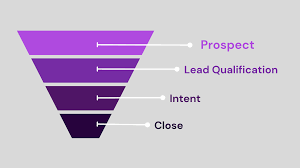
b2b saas sales funnel
A SaaS sales funnel, also known as a conversion funnel, consists of multi-phased sales processes that begin with establishing awareness of your brand in your customers’ minds and extend beyond the initial payments. It’s a sequence of steps that potential customers go through, from becoming aware of a SaaS product to eventually making a purchase. Let’s break it down:
- Awareness: At the top of the funnel, you create awareness about your SaaS product. This involves marketing efforts such as content marketing, social media, and advertising. The goal is to attract potential customers and introduce them to your brand.
- Interest: Once aware, potential buyers express interest. They might visit your website, sign up for newsletters, or engage with your content. Here, you nurture their interest by providing valuable information and showcasing the benefits of your SaaS solution.
- Consideration: In this stage, potential buyers evaluate your SaaS product. They compare features, pricing, and reviews. Your job is to address their questions, provide demos, and build trust. Case studies, testimonials, and webinars can be effective here.
- Decision: At the decision stage, potential buyers are close to making a purchase. They might request a trial, engage in sales calls, or ask for customized solutions. Your sales team plays a crucial role in closing the deal.
- Retention: The funnel doesn’t end with the sale. Retention is equally important. Happy customers become advocates and refer others. Provide excellent customer support, nurture relationships, and encourage upsells or cross-sells.
Remember, the SaaS conversion funnel records potential buyer actions, and optimizing each stage contributes to overall success. 🚀
B2B SaaS Sales Funnel
In the bustling realm of B2B software-as-a-service (SaaS) enterprises, the path from potential lead to loyal customer isn’t a straight shot. This is where the B2B SaaS sales funnel comes into play – a strategic blueprint meticulously designed to usher prospects through a series of distinct stages, culminating in their transformation into steadfast advocates.
What Is The B2B SaaS Sales Funnel? A B2B (Business-to-Business) SaaS (Software as a Service) sales funnel refers to the systematic process that B2B SaaS companies use to guide potential customers through various stages of the buying journey, ultimately leading them to become paying customers. Let’s explore the typical stages within this funnel:
- Awareness Stage:
- At the outset of this journey, the goal is to ignite awareness within your target audience.
- Prospects may not even be fully cognizant of their pain points, let alone the solution you offer.
- Your primary objective is to capture their attention and position your brand as a valuable resource.
- Strategies include:
- Content Marketing: Craft illuminating blog posts, immersive eBooks, and captivating infographics that spotlight prevailing industry trends and challenges.
- Social Media: Harness the power of social platforms where your audience congregates.
- Influencer Partnerships: Forge collaborations with industry influencers to amplify your reach.
- Interest and Consideration Stage:
- As prospects transition from mere awareness to genuine interest in your solution, the focus shifts to providing valuable information.
- Nurturing leads becomes paramount:
- Webinars and Online Events: Host webinars and virtual events to showcase your expertise and illuminate the benefits of your SaaS solution.
- Whitepapers and Case Studies: Offer deep-dive resources that delve into specific pain points and demonstrate how your solution addresses them.
- Decision Stage:
- Prospects are close to making a purchase decision.
- Provide personalized demos, engage in sales calls, and address any remaining questions.
- Highlight the unique value proposition of your SaaS product.
- Conversion and Purchase Stage:
- The moment of truth! Prospects become paying customers.
- Ensure a seamless onboarding process and exceptional customer experience.
- Upsell opportunities may arise here.
- Retention and Advocacy Stage:
- The funnel doesn’t end with the sale.
- Focus on customer success, support, and building long-term relationships.
- Happy customers become advocates who refer others.
Remember, optimizing each stage of the B2B SaaS sales funnel contributes to overall success and revenue growth! 🚀
How to Build a B2B SAAS Sales Funnel
Building an effective B2B SaaS sales funnel is crucial for converting potential leads into loyal customers. Let’s explore the steps to create a successful B2B SaaS sales funnel:
- Identify Your Target Audience:
- Understand your ideal customers, their pain points, and their needs.
- Create detailed buyer personas to guide your strategies.
- Create Awareness:
- Content Marketing: Craft illuminating blog posts, immersive eBooks, and captivating infographics. Share insights and perspectives to establish authority.
- Social Media: Utilize platforms where your audience congregates. Educate and spark curiosity.
- Influencer Partnerships: Collaborate with industry influencers to amplify reach.
- Interest and Consideration:
- Provide valuable information about your SaaS solution.
- Webinars and Online Events: Host webinars to showcase expertise and benefits.
- Whitepapers and Case Studies: Deep-dive resources addressing specific pain points.
- Decision and Conversion:
- Nurturing leads becomes paramount.
- Free Trials and Demos: Offer hands-on experience with your SaaS product.
- Email Campaigns: Send targeted emails to guide prospects toward conversion.
- Customer Onboarding and Support:
- Ensure a smooth transition for new customers.
- Onboarding Tutorials: Help users understand and use your SaaS solution effectively.
- Customer Support Channels: Provide responsive support via chat, email, or phone.
- Retention and Upselling:
- Keep existing customers engaged.
- Regular Updates: Enhance your SaaS product based on user feedback.
- Upsell Opportunities: Identify chances to offer additional features or upgrades.
Remember, a well-structured B2B SaaS sales funnel guides potential customers through their decision-making process.
SaaS Sales Funnel Stages
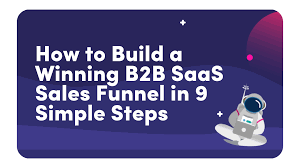
b2b saas sales funnel
Let’s delve into the stages of a SaaS sales funnel. This multi-step process guides potential customers from initial awareness to conversion. As a UI/UX design agency, I’ll emphasize the design aspect of the funnel. Here are the key stages:
- Awareness:
- Objective: Build brand awareness.
- Description: At this stage, potential clients become aware of your SaaS product. It’s crucial to introduce your solution and create a positive impression.
- Design Focus: Craft compelling landing pages, engaging content, and clear messaging to capture attention.
- Interest:
- Objective: Generate interest and engagement.
- Description: Users show interest and engage with your brand. They explore features, benefits, and use cases.
- Design Focus: Optimize user experience (UX) by creating intuitive interfaces, interactive demos, and informative content.
- Desire:
- Objective: Cultivate desire for your product.
- Description: Users evaluate your SaaS offering and compare it with alternatives. They need to be convinced that your solution is the best fit for their needs.
- Design Focus: Showcase value proposition, testimonials, and case studies. Use persuasive design elements to build trust.
- Action:
- Objective: Drive conversion.
- Description: The final step is where users make a purchase or sign up. Clear calls-to-action (CTAs) are essential.
- Design Focus: Optimize checkout processes, reduce friction, and ensure a seamless transition from interest to action.
Remember, the SaaS sales funnel is under your control, and UX design plays a pivotal role in shaping seamless interactions and driving conversions. By understanding each stage, you can identify gaps and improve your funnel’s performance. 🚀
How to Build a SAAS Sales Funnel
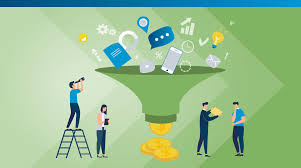
b2b SAAS sales funnel
Building an effective SaaS sales funnel is crucial for converting potential leads into loyal customers. Let’s explore the steps to create a successful B2B SaaS sales funnel:
- Understand Your Audience:
- Objective: Gain insights into your target market.
- Description: Identify your ideal customers, their pain points, and their needs. Understand their behavior, preferences, and challenges.
- Action Items:
- Conduct market research.
- Create buyer personas.
- Map out the customer journey.
- Create Engaging Content:
- Objective: Attract and educate potential leads.
- Description: Develop content that resonates with your audience. This includes blog posts, videos, infographics, and social media content.
- Action Items:
- Craft informative blog articles.
- Create explainer videos.
- Share success stories and case studies.
- Optimize Landing Pages:
- Objective: Convert website visitors into leads.
- Description: Design landing pages that encourage action. These pages should have clear calls-to-action (CTAs) and relevant content.
- Action Items:
- Simplify forms for lead capture.
- A/B test different landing page elements.
- Optimize load times for mobile users.
- Measure and Improve Continuously:
- Objective: Optimize your funnel over time.
- Description: Regularly analyze data to identify bottlenecks and areas for improvement. Use tools like Google Analytics or CRM systems.
- Action Items:
- Monitor conversion rates at each stage.
- Adjust strategies based on performance.
- Implement A/B testing for better results.
Remember, a well-structured B2B SaaS sales funnel guides potential customers through their decision-making process. By understanding your audience, creating engaging content, optimizing landing pages, and continuously measuring and improving, you’ll build a funnel that not only attracts leads but also converts them into loyal users.
How to Build a Winning B2B SaaS Sales Funnel : 4 Best Stages

